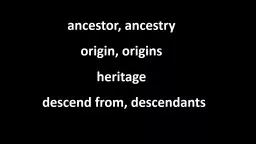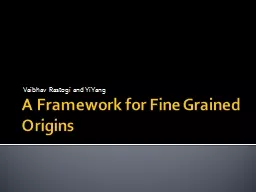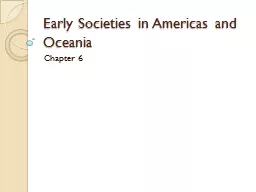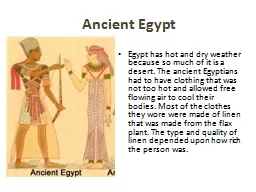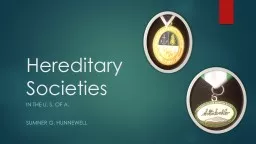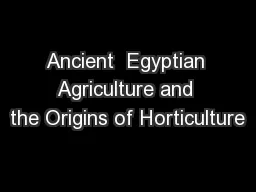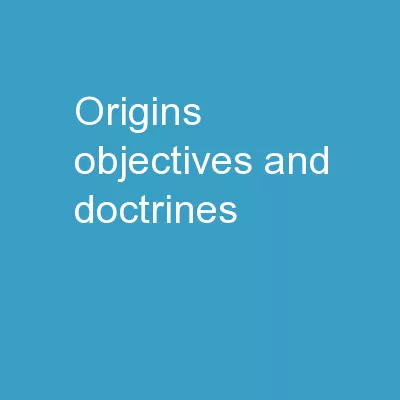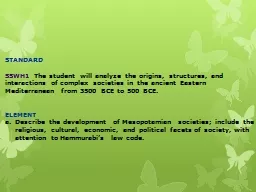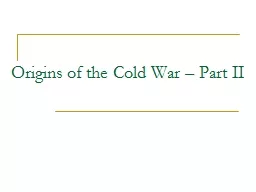PPT-SSWH1 analyze the origins, structures, and interactions of complex societies in the ancient
Author : luanne-stotts | Published Date : 2018-03-09
Describe the development of Mesopotamian societies include the religious cultural economic and political facets of society with attention to Hammurabis law code
Presentation Embed Code
Download Presentation
Download Presentation The PPT/PDF document "SSWH1 analyze the origins, structures, a..." is the property of its rightful owner. Permission is granted to download and print the materials on this website for personal, non-commercial use only, and to display it on your personal computer provided you do not modify the materials and that you retain all copyright notices contained in the materials. By downloading content from our website, you accept the terms of this agreement.
SSWH1 analyze the origins, structures, and interactions of complex societies in the ancient: Transcript
Download Rules Of Document
"SSWH1 analyze the origins, structures, and interactions of complex societies in the ancient"The content belongs to its owner. You may download and print it for personal use, without modification, and keep all copyright notices. By downloading, you agree to these terms.
Related Documents


